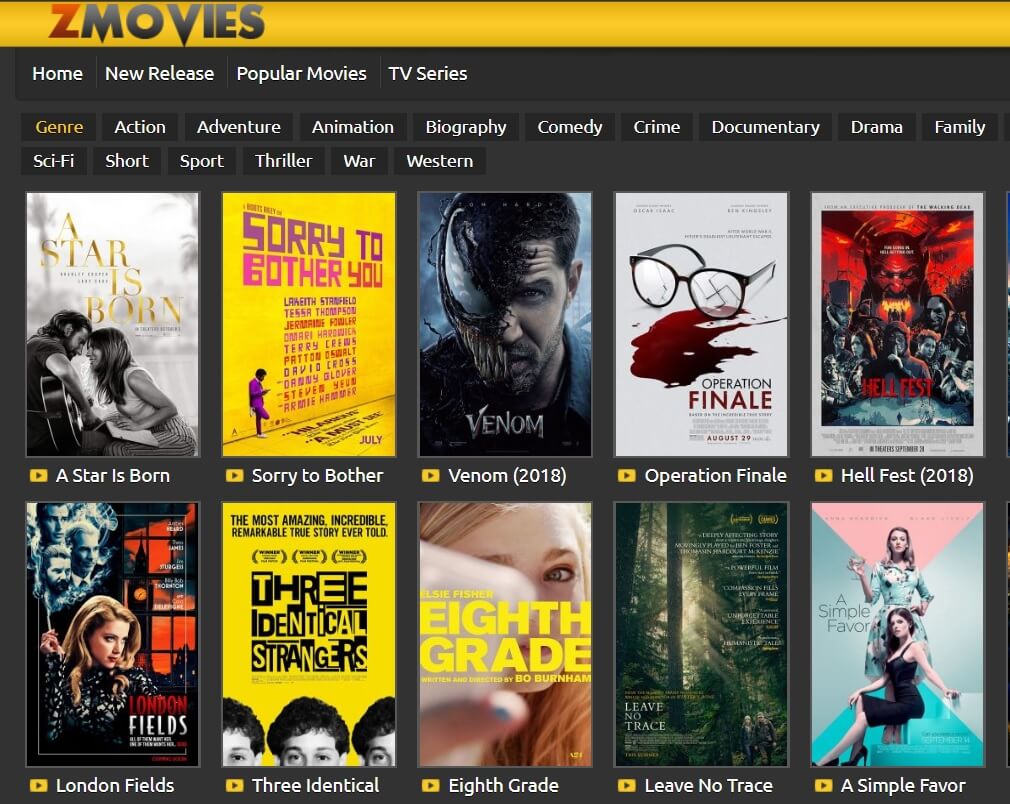In the vast realm of multimedia, Captions and Subtitles emerge as pivotal textual tools, bridging gaps and ensuring that video content resonates with a diverse global audience. However, recent times have witnessed a cloud of perplexity enveloping these two, prompting a central query: “What does subtitles mean and how does it differ from captions?”
This perpetual debate, often framed as “what does subtitles mean,” has invited experts to offer their perspectives, attempting to furnish precise but occasionally incomplete definitions for both “Captions” and “Subtitles.” So, what causes this semantic puzzle? The nuances within Captions and Subtitles run deep, and although they might appear interchangeable, discerning their differences is a pivotal step in determining the most suitable choice for your video content.
Captions: A Comprehensive Overview
Captions were introduced in the early 1970s, primarily with the aim of enhancing the television experience for individuals who are deaf or hard of hearing. Gradually, they evolved into a mandatory requirement for broadcast television in the United States.

Captions serve as textual transcriptions of video dialogue, sound effects, and music. While they cater predominantly to the deaf and hard-of-hearing audience, they have gained widespread popularity among all viewers.
By default, Captions are typically presented as white text against a black background, although viewers often have the flexibility to customize their appearance based on the platform where media files are being viewed. Their placement may vary, but for optimal legibility, Captions are commonly centered at the bottom of the screen. When graphics or text occupy the lower third of the video, Captions are often positioned at the top of the screen.
Subtitles: A Comprehensive Examination
Subtitles made their debut in the 1930s, marking the transition from silent films to “talkies” that featured spoken dialogue. Their purpose was to engage foreign audiences who didn’t understand the language used in the film.
Subtitles fulfill the role of providing textual translations of video dialogue. Conventionally, Subtitles assume that viewers can hear the audio but may not comprehend the language spoken. An exception exists in the case of Subtitles created for the deaf and hard of hearing, designed for viewers who cannot hear the sound or understand the language.
Subtitles come in various stylistic presentations, often featuring white or yellow text with black outlines or shadows. They frequently adopt a visual style that mirrors Captions. Their placement varies but is commonly centered at the bottom of the screen for ease of reading and seamless translation. When graphics or text occupy the lower third of the video, Subtitles are typically positioned just above the content.

Why Captions and Subtitles Get Confused
The persistent confusion between Captions and Subtitles can be attributed to several factors. Let’s delve briefly into how global terminology differences and the expanded usage of SDH (Subtitles for the Deaf and Hard of Hearing) contribute to this ongoing CC and Subs discourse.
Global Terminology Variations
Beyond the borders of the United States and Canada, in countries like the UK, Ireland, and many others, video subtitles are often considered synonymous. The term “video subtitles” typically doesn’t distinguish between subtitles used for language translation and those designed to assist the deaf and hard of hearing.
The globalization of video content across corporate, educational, and entertainment sectors has significantly influenced how individuals employ the terms “captions” and “subtitles.” Viewers may find it challenging to discern the distinction between them, particularly when different entities label their available text files according to regional preferences for synchronization.
This globalization has led to the frequent conflation of Captions and Subtitles created for the deaf and hard of hearing. It’s understandable given that both serve this audience and often share similar visual characteristics.
However, it’s crucial to recognize that SDH and Subtitles are not identical. Initially, SDH was developed for deaf and hard-of-hearing audiences who couldn’t understand the language. In recent years, SDH has been used in place of traditional Subtitles on platforms that don’t support standard Subtitles. Sometimes platforms refer to them as “SDH”, while in other cases the designation “CC” may be used. There are even cases where both terms are used interchangeably, such as “CC/SDH”.

Closed captioning and subtitling: which to choose?
When choosing between closed captioning and subtitling, the decision should be made depending on your goals and requirements. While both options serve different purposes and offer unique advantages, the choice should be related to the purpose of adding them to your content.
If your goal is to increase the accessibility of the video, subtitles are preferable. If the goal is to distribute content across different regions and language markets, then subtitles will help with language comprehension.
Either way, integrating subtitles into a video is a simple process that offers many benefits to a wide range of viewers. These benefits go beyond language barriers and hearing impairments, as evidenced by the fact that more than 80% of people who view captioned videos don’t actually need them.



